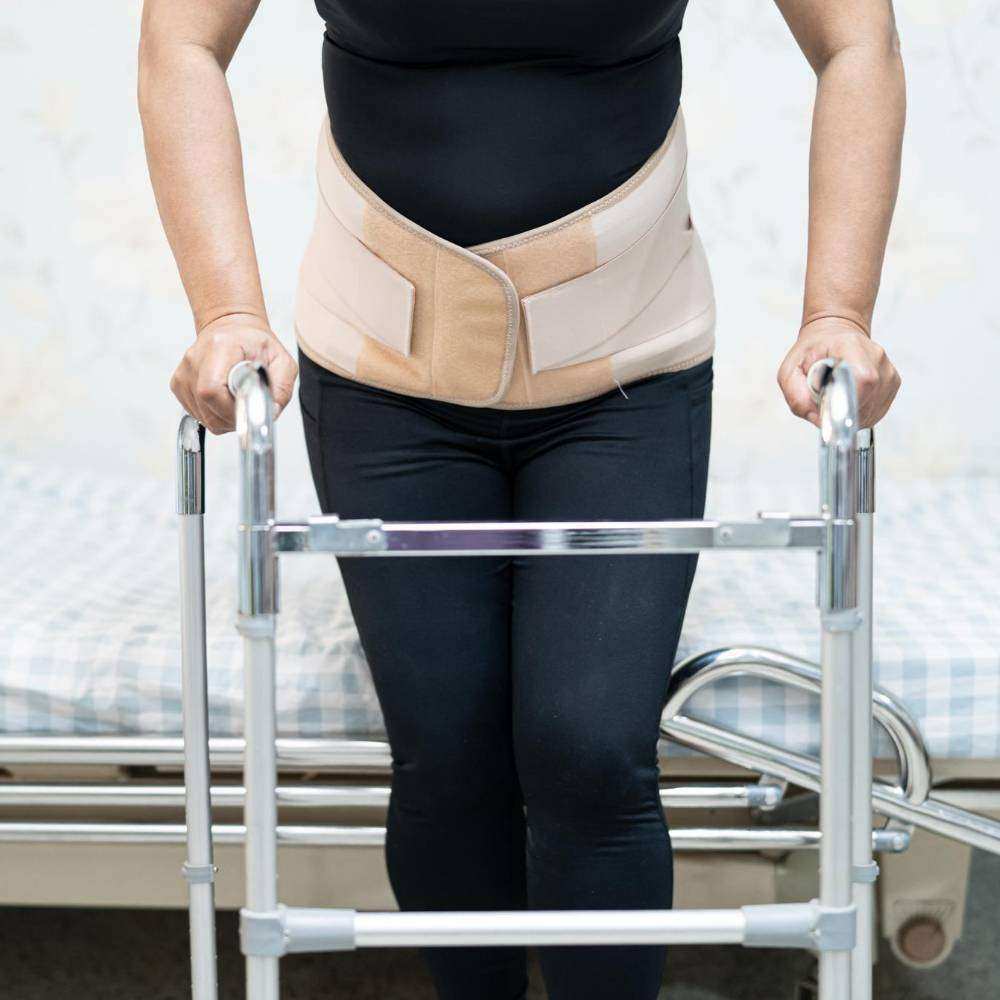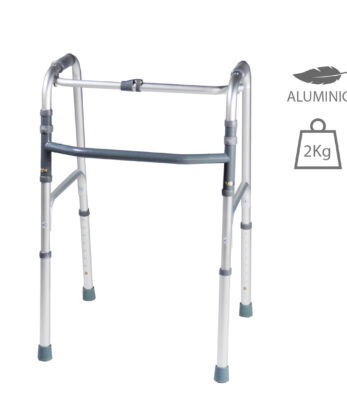Looking for a suitable walker can be a challenging task, especially with so many options available on the market. If you're wondering where to buy a walker and what the characteristics of a good walker are, you're in the right place. In this article, we'll guide you through the most important aspects to consider when choosing a walker, ensuring that you make the best choice for your specific needs. Whether you're looking for a walker for yourself or for a loved one, understanding the different features and functionalities available is crucial to ensuring mobility, comfort and safety.

How to Identify the Needs of the Walker User?
Choosing the right walker is fundamental to ensuring the user's mobility, safety and comfort. In order to make the most appropriate choice and buy the right walker, it is essential to identify the user's specific needs. Here are some important steps and considerations to take into account:
1. Medical and Functional Assessment
Before buying a walker, it is crucial that the user is assessed by a health professional, such as a physiotherapist or doctor. This assessment will help determine the user's strength, balance and mobility capacity. In addition, the professional will be able to identify any medical conditions that could influence the choice of the right walker...
2. Type of Mobility Required
The user's level of mobility must be taken into account before purchasing the walker. Please take the following aspects into consideration before purchasing a walker:
-
Totally dependent: Users who need full support to walk.
-
Partially dependent: Users who require assistance with balance and partial weight support.
-
Independent with Support: Users who only need support to balance or to walk longer distances.
3. Usage environment
Consider where the walker will be used:
-
Indoors: Walkers for use indoors should be compact and easy to maneuver in tight spaces.
-
Outdoor: Walkers for outdoor use should have larger wheels and a sturdy frame to cope with uneven terrain.
4. Frequency of use
Determine how often the walker will be used:
-
Occasional Use: For users who only need the walker on certain occasions or during recovery.
-
Daily use: For users who rely on the walker every day to get around.
5. Physical characteristics of the user
Take into account the user's physical characteristics:
-
Height and weight: Adjustable walkers are important to accommodate different heights. Make sure the walker can support the user's weight.
-
Hand and Arm Strength: Users with limited hand or arm strength may need a walker with ergonomic, easy-to-grip handles.
6. Personal preferences
The user's personal preferences are also important:
-
Comfort: Check that the walker has a comfortable structure, including padded handles and an adjustable height.
-
Style and Design: Some users may prefer a walker with a specific design or color that they like.
7. Additional features
Consider whether the user needs additional features:
-
Walkers with integrated seats: Useful for users who need frequent breaks.
-
Storage baskets or pockets: Practical for carrying personal belongings.
-
Swivel wheels: make it easier to maneuver in small spaces.

What are the essential characteristics of a good walker and where to buy?
Choosing a good walker is essential to ensure safety, comfort and functionality for the user. Here are some essential features you should consider before buying a walker:
1. structure and material
-
Durability: A good walker should be made of resistant materials such as aluminum or stainless steel, which offer durability and adequate support.
-
Weight: The material should also be light enough for easy handling and transportation. Aluminum walkers are generally lighter and easier to transport.
2. Stability
-
Wide base: Walkers with a wide base provide greater stability and reduce the risk of falls.
-
Wheels: Walkers with swivel wheels at the front and fixed wheels at the back offer a balance between maneuverability and stability.
3. Adjustability
-
Adjustable height: The possibility of adjusting the height of the walker is crucial to ensure that the user can use it comfortably while maintaining proper posture.
-
Adjustable handles: Handles that can be adjusted in height and angle offer greater comfort and reduce pressure on the hands and wrists.
4. Comfort
-
Ergonomic handles: Padded, ergonomic handles help prevent hand pain and provide a secure grip.
-
Integrated Seat: For users who need frequent breaks, a walker with an integrated seat offers a convenient place to rest.
5. Functionality
-
Foldable: A foldable walker is easy to store and transport, ideal for users who need constant mobility.
-
Accessories: The inclusion of accessories such as storage baskets, cane holders and trays increases the functionality of the walker.
6. Security
-
Brakes: Easily accessible brakes are essential to ensure that the walker can be stopped safely and effectively.
-
Non-slip feet: If the walker does not have wheels, non-slip feet are important to prevent slipping and provide stability.
7. Weight capacity
-
Weight Support: Make sure the walker can support the user's weight. The weight capacity must be clearly indicated by the manufacturer.
8. Maneuverability
-
Ease of Movement: Walkers with large wheels are easier to maneuver on uneven terrain, while smaller wheels are suitable for indoor use on surfaces
Choosing the right walker is essential to ensure the user's mobility, comfort and safety. By considering factors such as structure, stability, adjustability, comfort and safety, you can find the perfect solution for your needs. At the Saúde em Sua Casa store, we have a wide range of walkers, adapted to different needs and tastes. We are available to help you choose the ideal walker, giving you the confidence and independence you deserve. Visit us and find the best solution for you or your loved ones.






